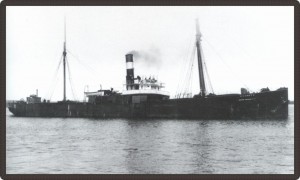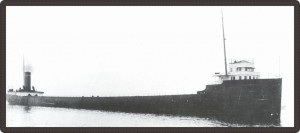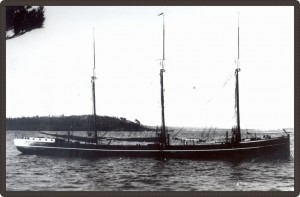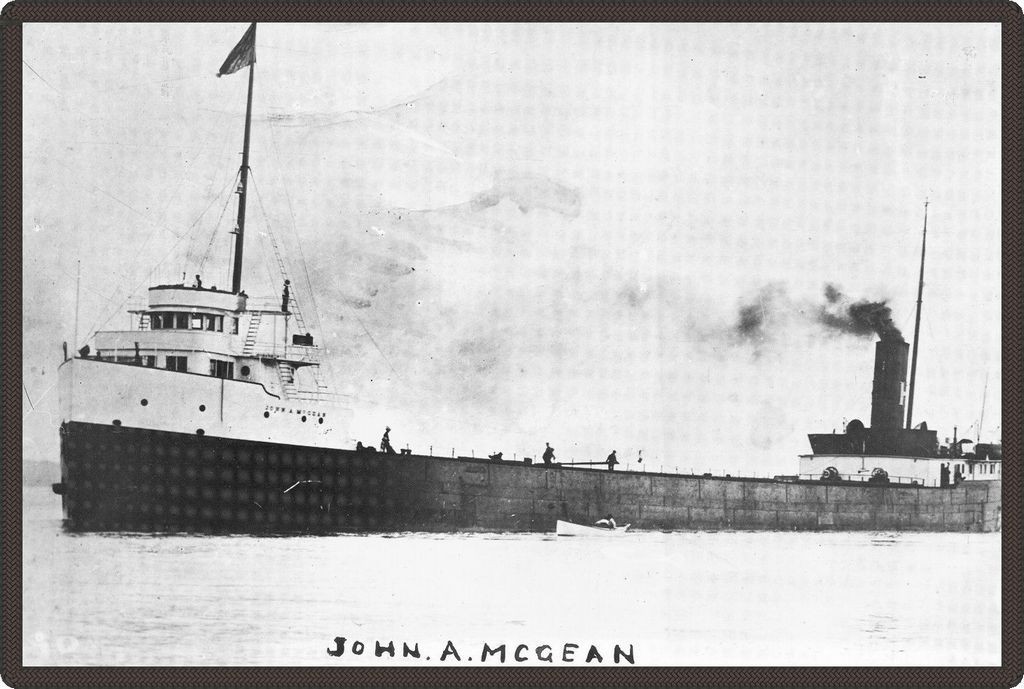Ships taken by the storm
 We can understand the strength and intensity of the storm when we look at the different types of ships affected. The Wexford was originally an ocean vessel that was modified to properly navigate the Great Lakes. In spite of everything, the ship sank in Lake Huron. The same thing happened with the John A. McGean, which was thought to be unsinkable.
We can understand the strength and intensity of the storm when we look at the different types of ships affected. The Wexford was originally an ocean vessel that was modified to properly navigate the Great Lakes. In spite of everything, the ship sank in Lake Huron. The same thing happened with the John A. McGean, which was thought to be unsinkable.
 Inaugurated on May 22, 1913, the James Carruthers was not only the most recent ship to sail the Great Lakes at the time of the storm, but it was also the largest Canadian ship to sail the Great Lakes at the time. It was 528.2 feet long by 59 feet wide, with a net capacity of 5 606 tonnes and a gross capacity of 7 862 tonnes. In comparison, the Halsted was 170.6 feet long by 32.8 feet wide, with a net capacity of 472 tonnes and a gross capacity of 497 tonnes.
Inaugurated on May 22, 1913, the James Carruthers was not only the most recent ship to sail the Great Lakes at the time of the storm, but it was also the largest Canadian ship to sail the Great Lakes at the time. It was 528.2 feet long by 59 feet wide, with a net capacity of 5 606 tonnes and a gross capacity of 7 862 tonnes. In comparison, the Halsted was 170.6 feet long by 32.8 feet wide, with a net capacity of 472 tonnes and a gross capacity of 497 tonnes.
 In reality, the Plymouth was a barge, and on November 8, 1913, it was towed by the James H. Martin. The two boats remained sheltered from the storm, but the James H. Martin, which towed the Plymouth, decided to venture out onto Lake Michigan again. When the storm picked up, the James H. Martin lost the Plymouth‘s towing cable. In the meantime, the Plymouth dropped anchor and remained sheltered waiting for the storm to let up. It ended up sinking.
In reality, the Plymouth was a barge, and on November 8, 1913, it was towed by the James H. Martin. The two boats remained sheltered from the storm, but the James H. Martin, which towed the Plymouth, decided to venture out onto Lake Michigan again. When the storm picked up, the James H. Martin lost the Plymouth‘s towing cable. In the meantime, the Plymouth dropped anchor and remained sheltered waiting for the storm to let up. It ended up sinking.


